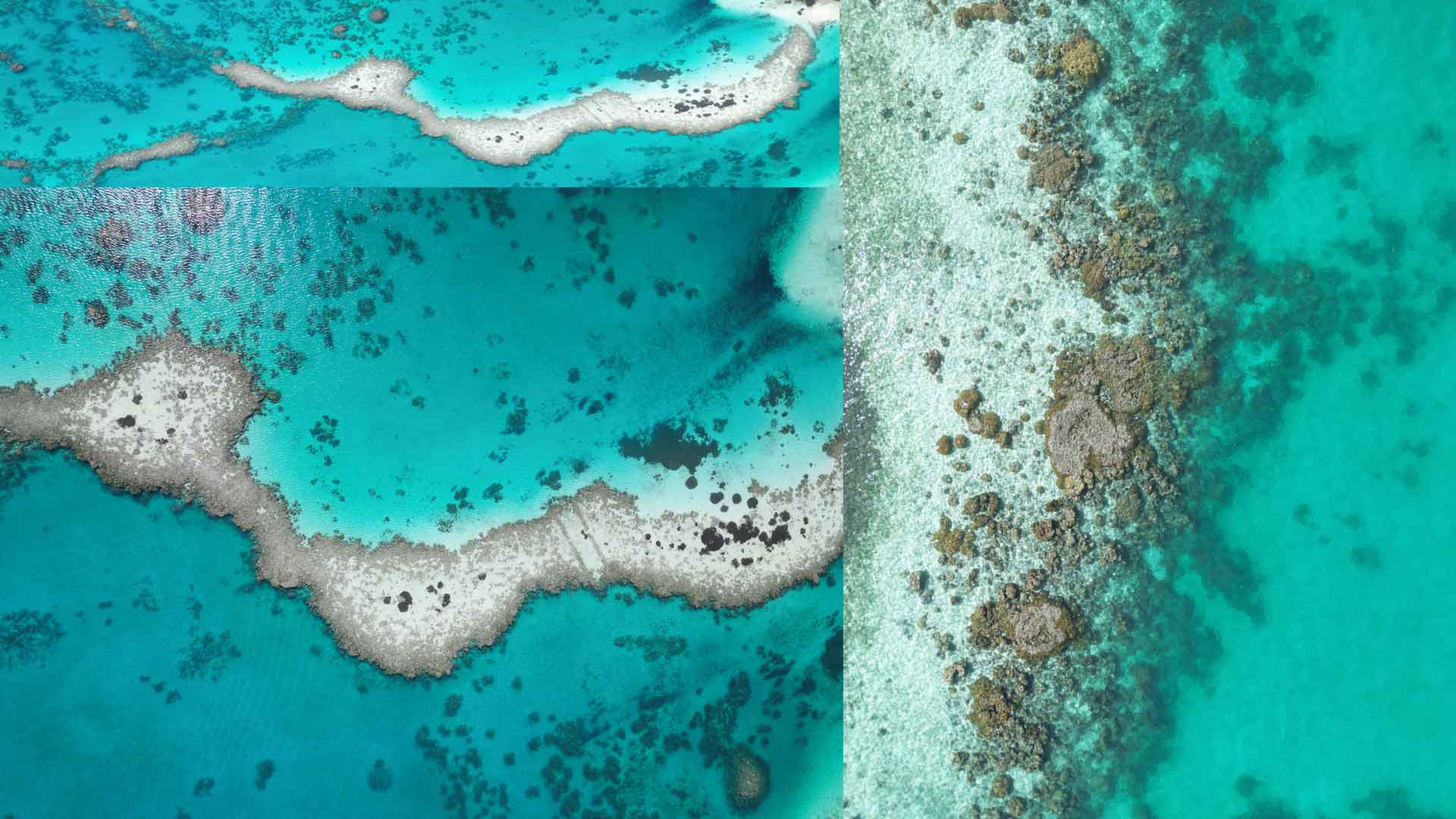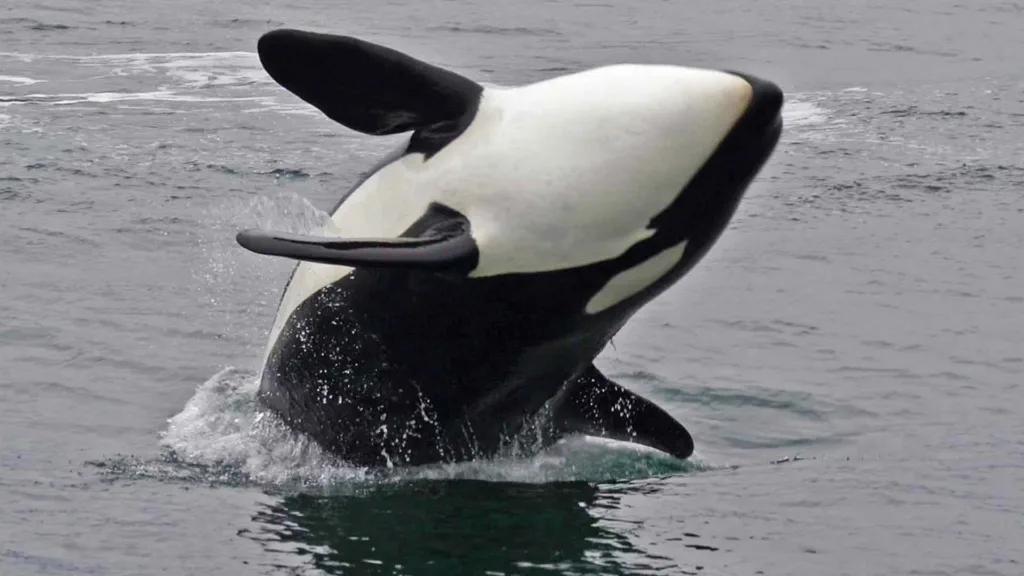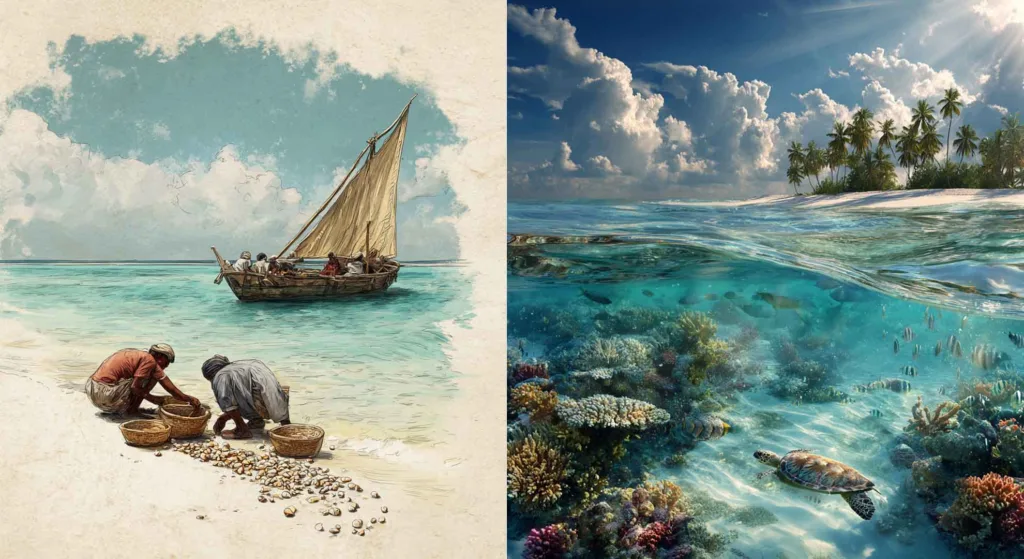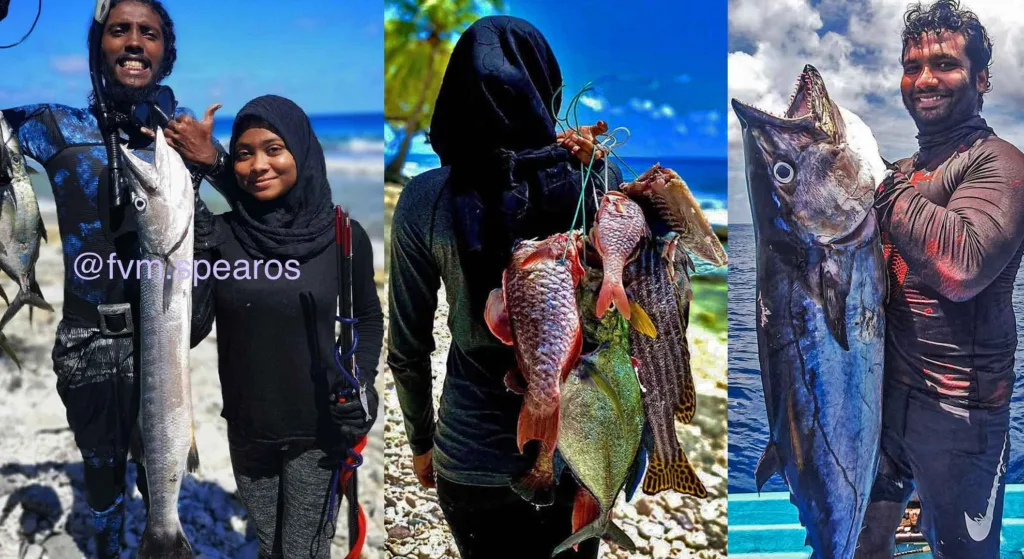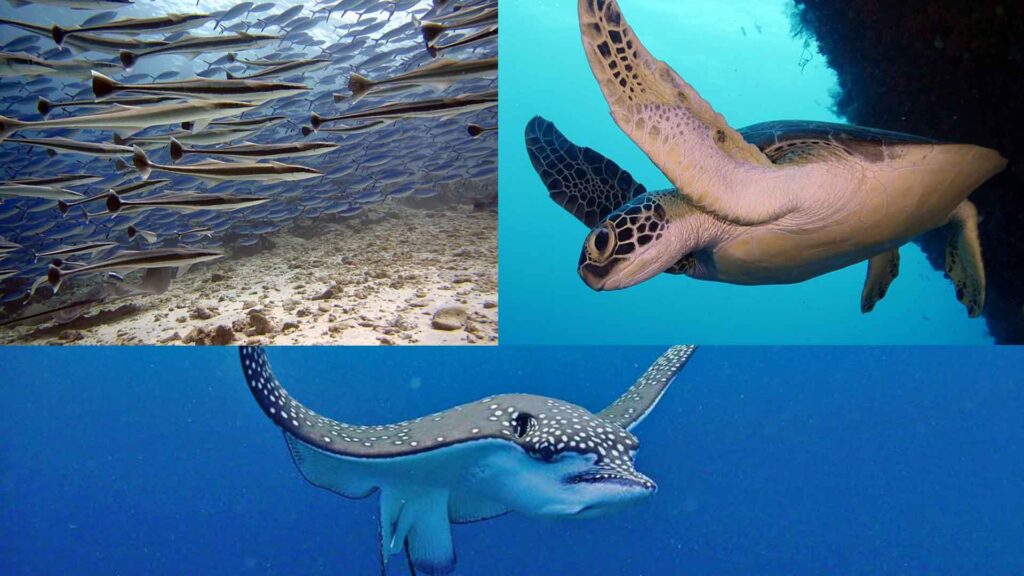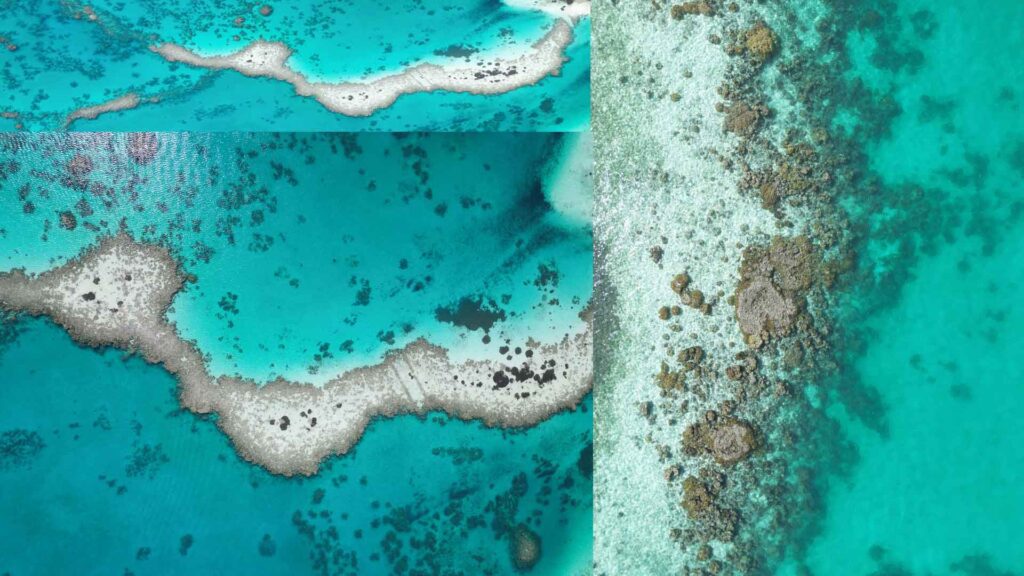
The rocky shoreline, shallow reef flats, and deep-sea beds are home to a diverse range of colorful exotic species and fascinating aquatic creatures. These intricate structures and frameworks provide a thriving environment for a diverse assortment of plants and animals. The coral reef, home to these species, is one of the world’s most diversified ecosystems. It is essential to marine organisms’ survival. Healthy coral reefs support around 25% of the ocean’s fish population. Corals provide shelter, food, and reproductive opportunities for fish.
Coral reefs support around 93,000 plant and animal species (Porter, Tougas, 2001). Coral reefs provide millions of people with their principal source of food and income. It is extremely beneficial to humanity in numerous ways, including medicine. It’s also the main barrier that protects the land or coasts from storms and floods.
Hard corals are responsible for the majority of the reef’s solid limestone (calcium carbonate) framework. Built over hundreds, if not thousands, of years, some coral reefs are so vast that they are visible from space.
Thousands of fish species seek refuge on the reef and make it their home. Coral reefs are home to the following animals:
• Soft and hard corals, fire corals, and anemones.
• Sponge species.
• Conch, clams, sea snails, and cowries.
• Fireworms, Christmas Tree Worms, and Fan Worms.
• Crab, lobster, and shrimp.
• Sea cucumbers, basket stars, starfish, and urchins.
• There are thousands of different species of fish.
• Sea turtles and snakes.
These species coexist in intricate interactions. A species’ disappearance from a coral reef, caused by human actions like overfishing, can have major impacts on the reef as a whole, upsetting the balance of the environment in a big way.
As very sensitive animals, corals need very specific environmental conditions to survive. The conditions that corals need are sunshine, warm temperatures, low nutrient levels, clear water without sediment, salty water, and a firm surface. The Coral Reef Alliance estimates that coral reefs span 284,300 square kilometers worldwide. This area accounts for less than 0.1% of the world’s seas and less than 1.2 percent of the continental shelf area.
There are coral reefs in three major regions:
• Caribbean and Atlantic.
• Indian Ocean and Red Sea.
• Pacific and Southeast Asia
Maldives & Coral Reefs
The Maldives is a coral island nation made up of distinct atoll formations and massive reefs. It is regarded as the most intricate reef system in the world. In addition to corals, we also have ring-shaped reefs. We refer to this structure as faro. The coral structures are breathtaking and incredible. Lagoons and sands combine to produce a natural wonder of unrivaled perfection.
Stony corals, which are colonial creatures capable of constructing a skeletal framework of calcium carbonate, are typically the primary actors in coral reef ecosystems. The Maldives has over 300 reef-building coral species (Pichon and Benzoni, 2007).
Maldives is recognized as the epitome of coral reefs (Naseer and Hatcher, 2004). The Indian Ocean’s coral reefs account for around 11% of the global reef area (Burke et al. 2011). The Maldivian reefs cover around 4,500 km² and consist of 2,041 unique coral reefs (Naseer and Hatcher, 2004), accounting for nearly 5% of the world’s reefs and ranking as the 7th largest coral reef system in terms of area (Spalding et al., 2001).
Coral reef life
Coral reefs are diverse ecosystems, and species ranging from tiny invertebrates to massive ocean creatures contribute to their particular beauty. According to the Maldives Marine Research Institute, about 1000 fish species have been identified in the Maldives, and more than 300 of these species are for the first time. Seven new species have been identified by scientists. More than 400 have been recognized and cataloged, and many are now housed in the reference collection.
There have been descriptions of 147 species and literature records of another 94 species, bringing the total number of species to 241. The Maldives has reported over 200 coral species, spanning more than 60 taxa.
The Maldives has five turtle species, as well as 51 echinoderm species, five seagrass species, and 285 algal species.
Sad reality
Humanity faces a wide range of risks and calamities. Threats lurk in the huge arrays of “beautiful worlds.” Although natural disasters like storms and disease create devastation, human-caused hazards are equally terrifying. Pollution, overfishing, a lack of implementation to sustain the ecosystem and biodiversity, and climate change are all causing misery.
Warm waters during the 2014-2017 coral bleaching catastrophe impacted 70% of global coral reef ecosystems. The Great Barrier Reef in Australia saw significant coral bleaching, making it an especially hard-stricken area.
Maldives is likewise suffering dire effects and major challenges. Overfishing, breakwaters and jetties, land reclamation, and the construction of artificial islands have all had far-reaching impacts. According to Maldivian experts in this sector, the repercussions include erosion of topography and biological variety. The ocean has lost a large number of species and topographic diversity due to destructive uses such as heavy fishing, coral and sand mining, and non-destructive but damaging uses such as reef anchoring (Shareef, 2010).
Climate change, thermal stresses, and related coral bleaching occurrences have severely impacted the Maldivian reefs, with 60–100% documented coral mortality following the 1998 event (Zahir et al., 2010). The overall percentage of bleached corals was observed at roughly 75%, including corals as deep as 15 m (Ibrahim et al., 2017; Perry and Morgan, 2017).
Despite the loss of some ecological aspects and species variety, there is still hope for the future. It is critical to save and safeguard corals and coral reefs. A 2022 study headed by Coral Reef Alliance, Rutgers University, the University of Washington, and other institutions found that coral reefs can evolve and adapt to the effects of climate change. This can be achieved by protecting a diverse range of coral reefs.
Corals that have already changed to fit new conditions breed with corals that haven’t changed yet, according to Malin Pinsky, an associate professor at Rutgers and one of the study’s authors. “As ocean temperatures rise, we need to keep corals in hotter waters healthy and protected so they can reproduce and spread their heat tolerance to other coral reef areas.”
Helen Fox, conservation science head at the Coral Reef Alliance and co-author of the study, said, “We just can’t afford to lose coral reefs.” “We need to do everything we can right now to save coral reefs because if we don’t, there will be global economic, humanitarian, and biodiversity crises.”
